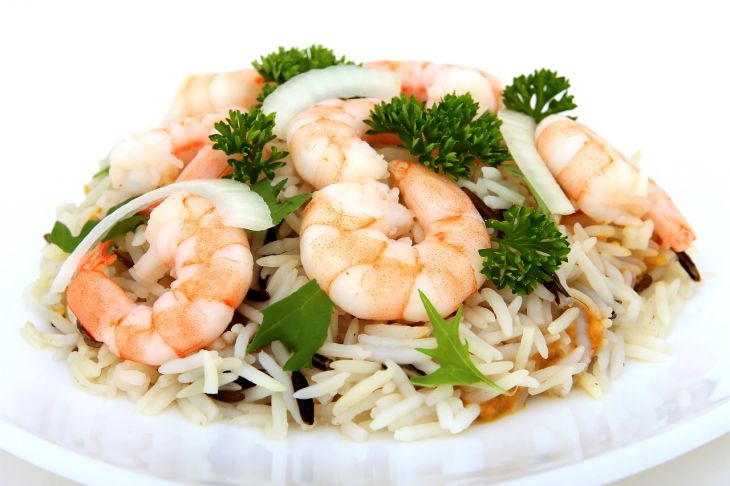What do you know about the Japanese diet: there are so many centenarians in this country
According to WHO experts, the largest number of long-livers is in Japan. The average life expectancy of the local population is 84.3 years.
It is logical that such a result is directly related to diet.
The advantages of the Japanese diet include the inclusion of foods rich in iodine, which is essential for normal thyroid function. Another advantage is the high content of vegetables and fruits, which are necessary for normal bowel function and maintaining microbiota, and the limitation of easily digestible carbohydrates. The disadvantages of this diet include the exclusion of milk and dairy products, writes the Khibiny publication, citing endocrinologist-nutritionist Stanislav Khan.
The expert believes that the diet has a positive effect on stomach volume due to the small portions.
As a result, food is digested completely, which eliminates problems with the health of the gastrointestinal tract.

The diet is maximally rich in protein and fiber, while carbohydrates and calories are minimal.
What to include in your diet
In addition to fish, shrimp, mussels and other seafood, the Japanese diet includes:
- rice and noodles;
- tofu soy cheese;
- seaweed;
- soybeans and beans;
- stewed and baked vegetables, but fruits in limited quantities (to reduce sugar intake);
- black coffee and green tea (without sugar and milk).
What you shouldn't eat
Milk and cheese, yogurt, beef and pork, eggs, ketchup and mayonnaise, bread and pastries, desserts with added sugar, quick breakfast cereals, as well as chips and bars are excluded from the Japanese diet.
Earlier we talked about which store-bought milk is healthier .
